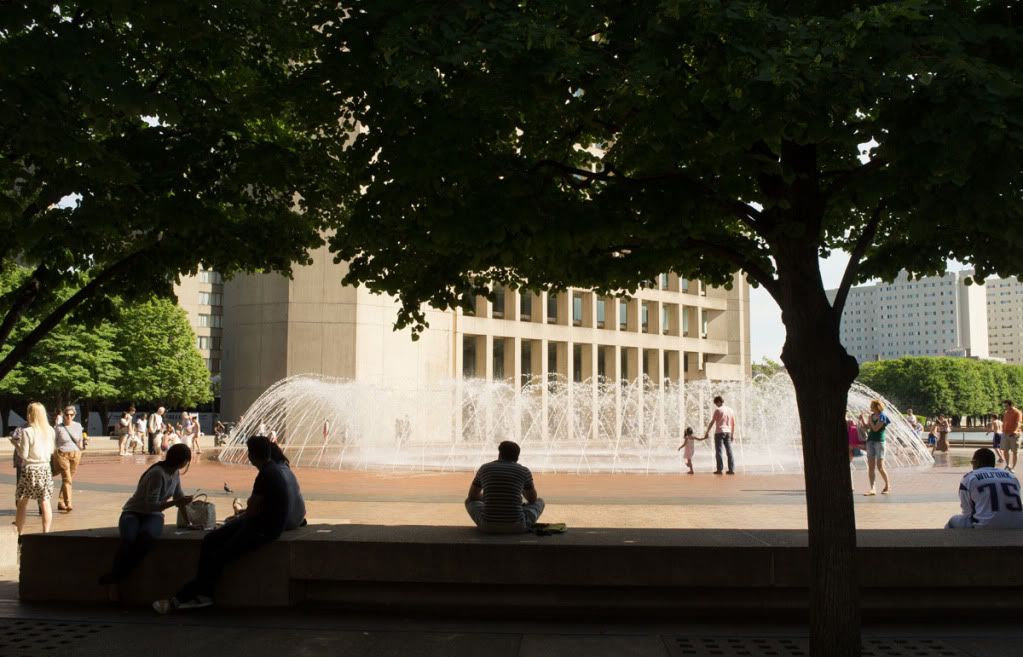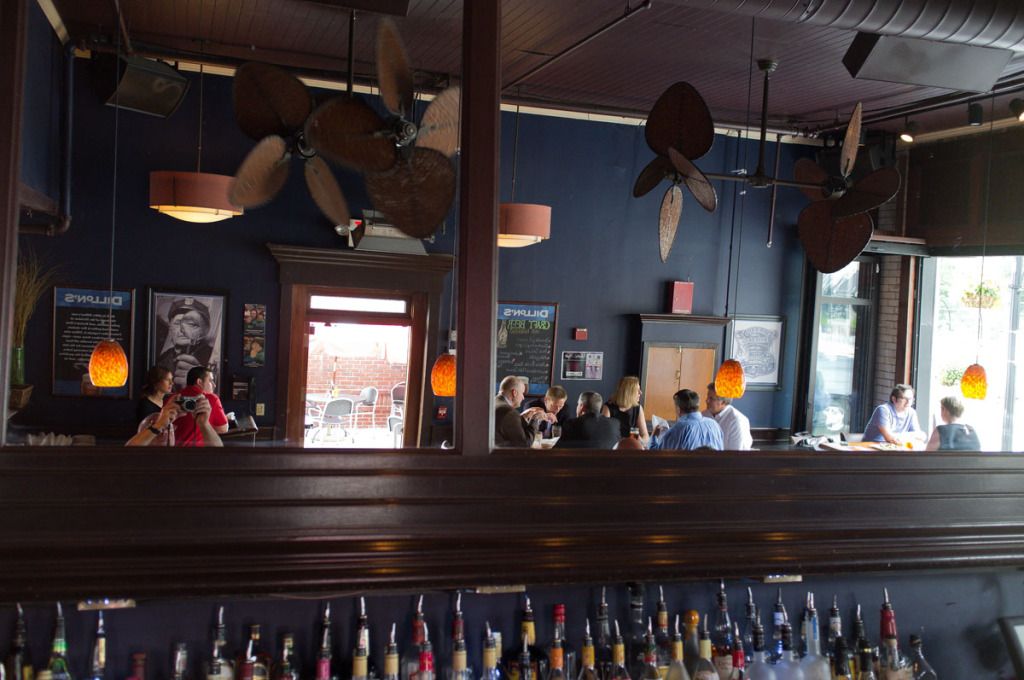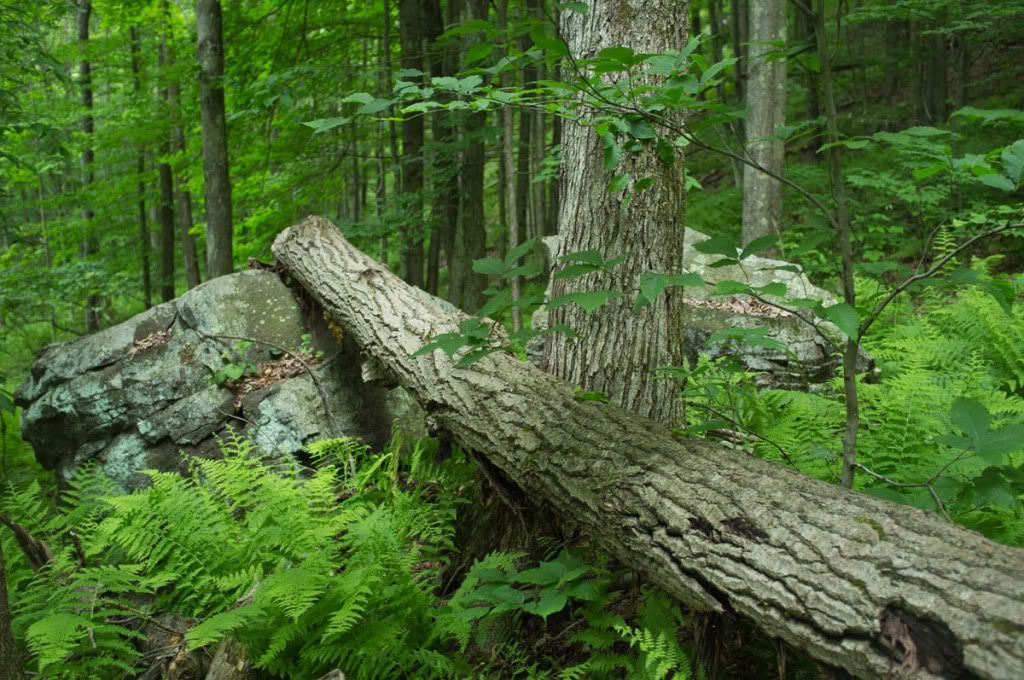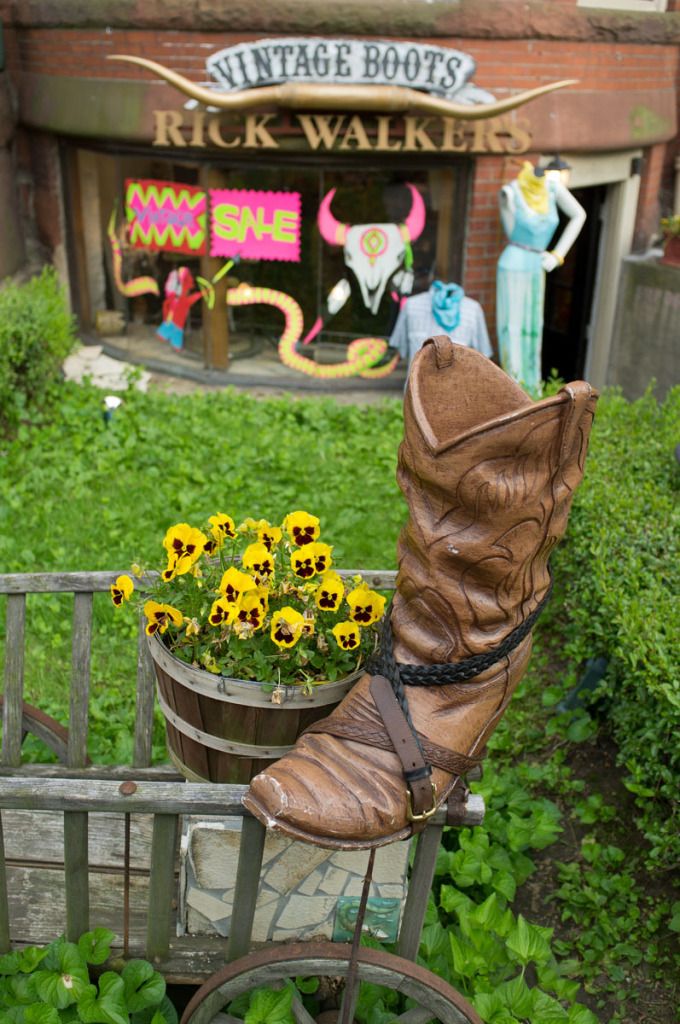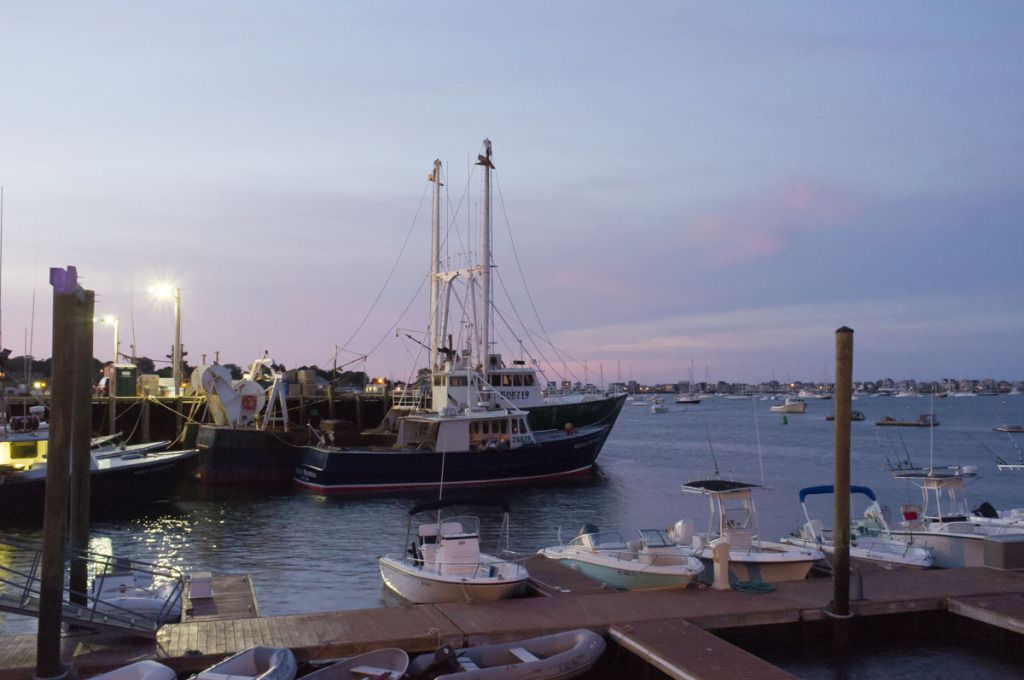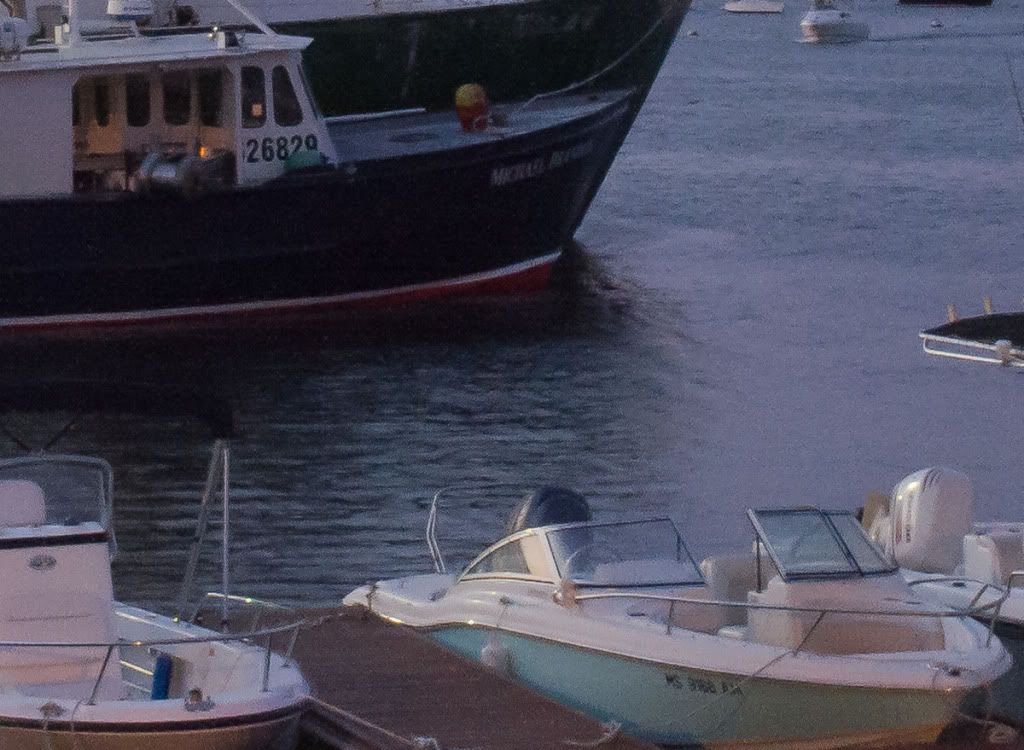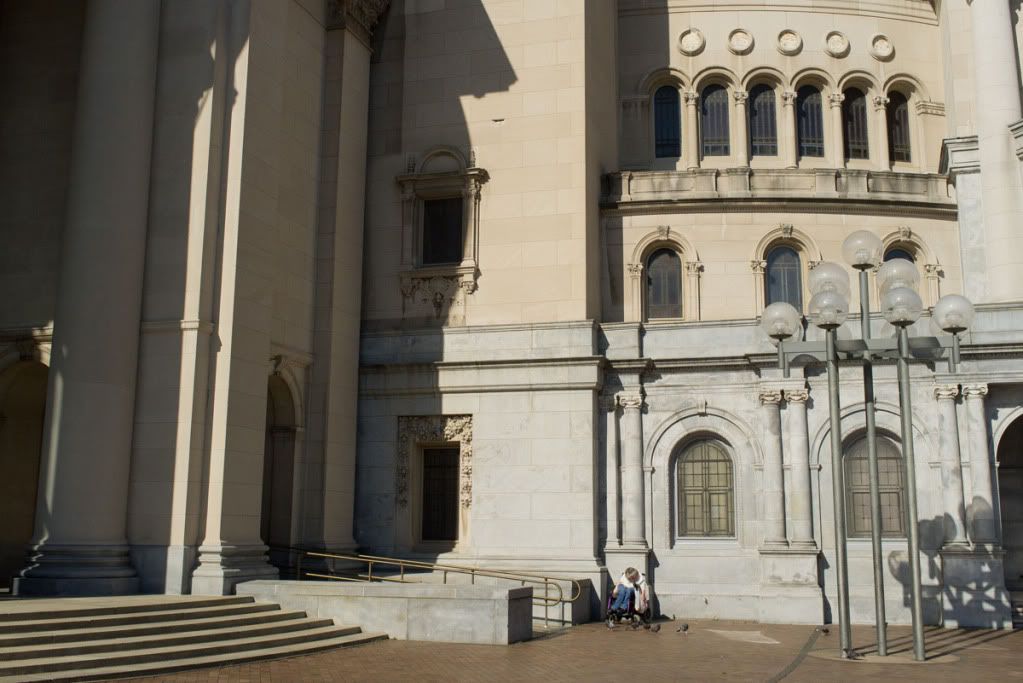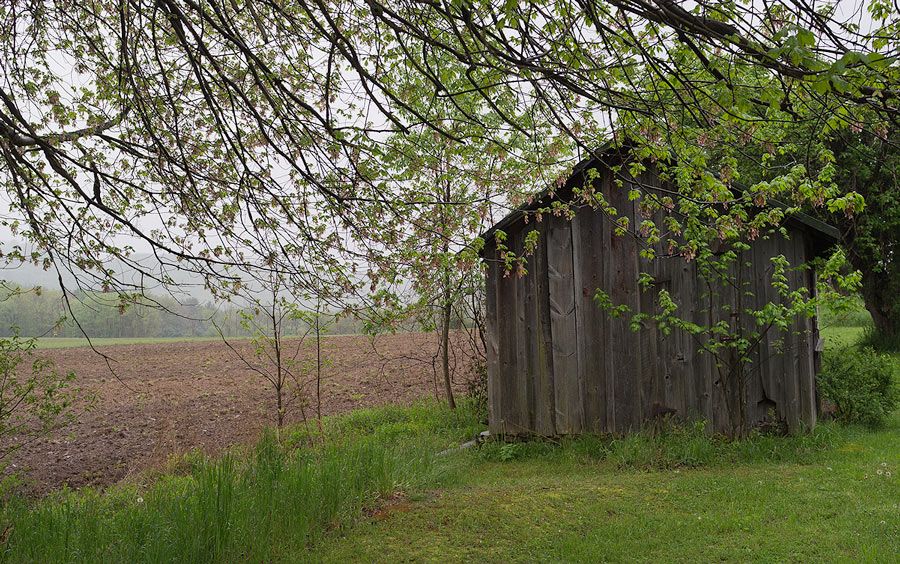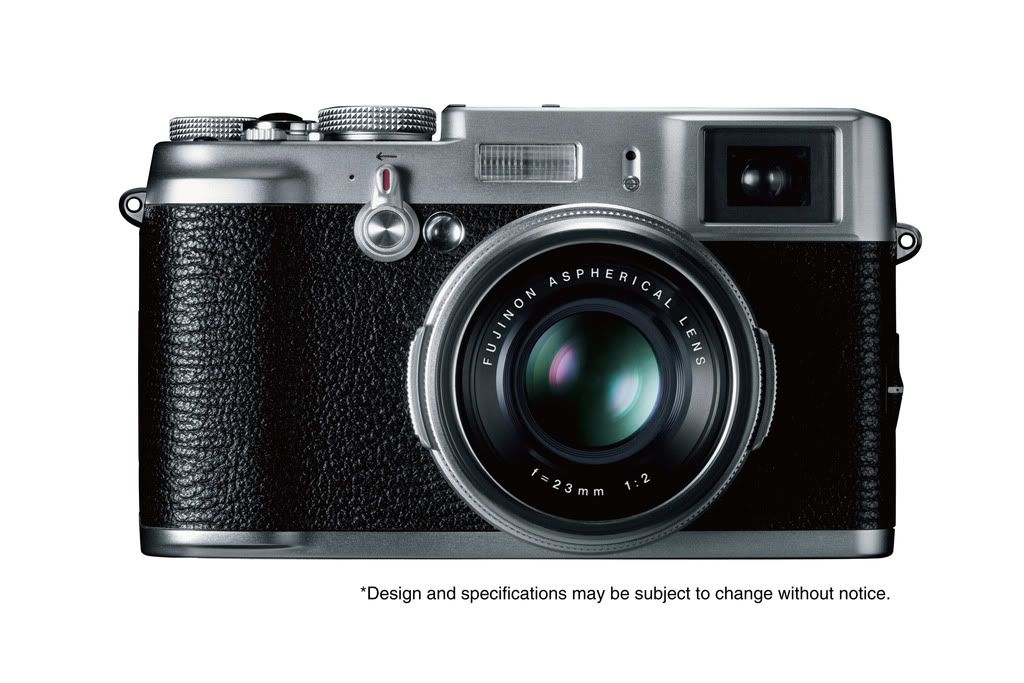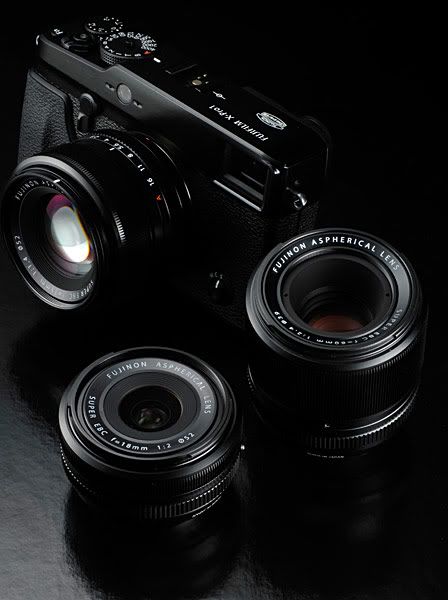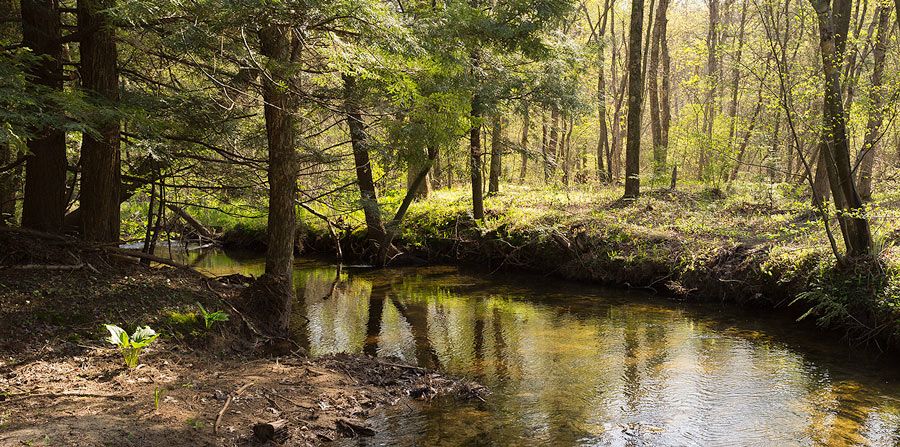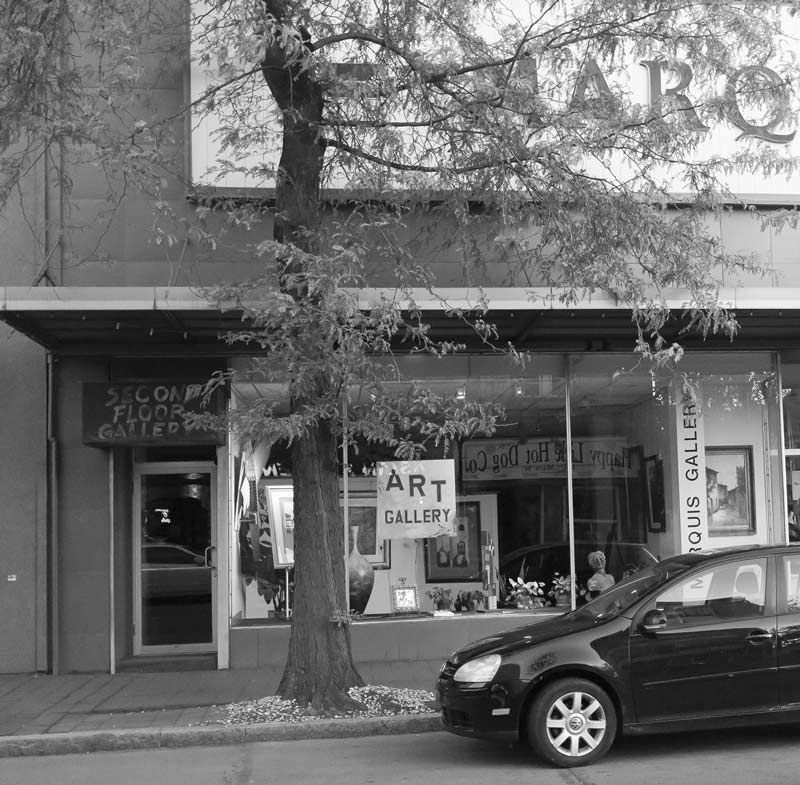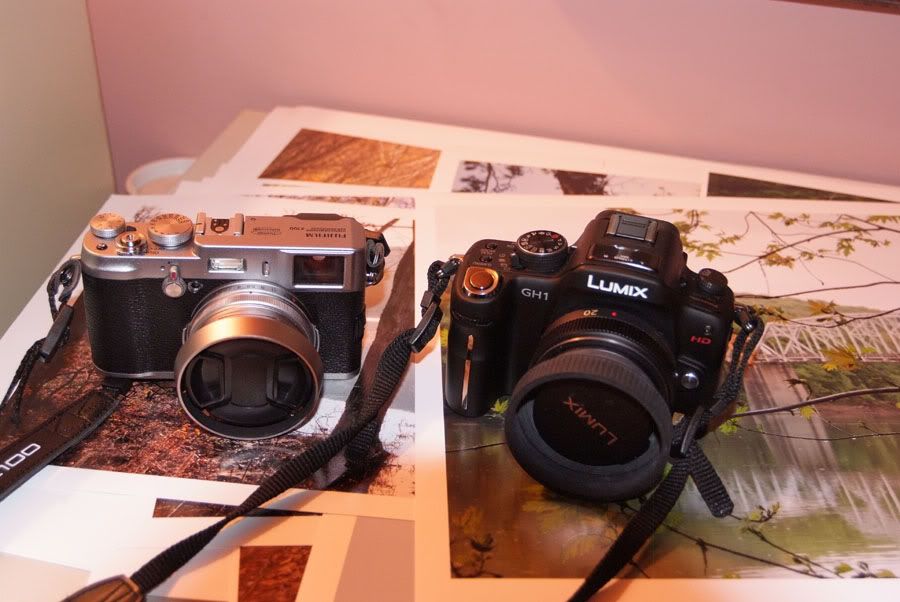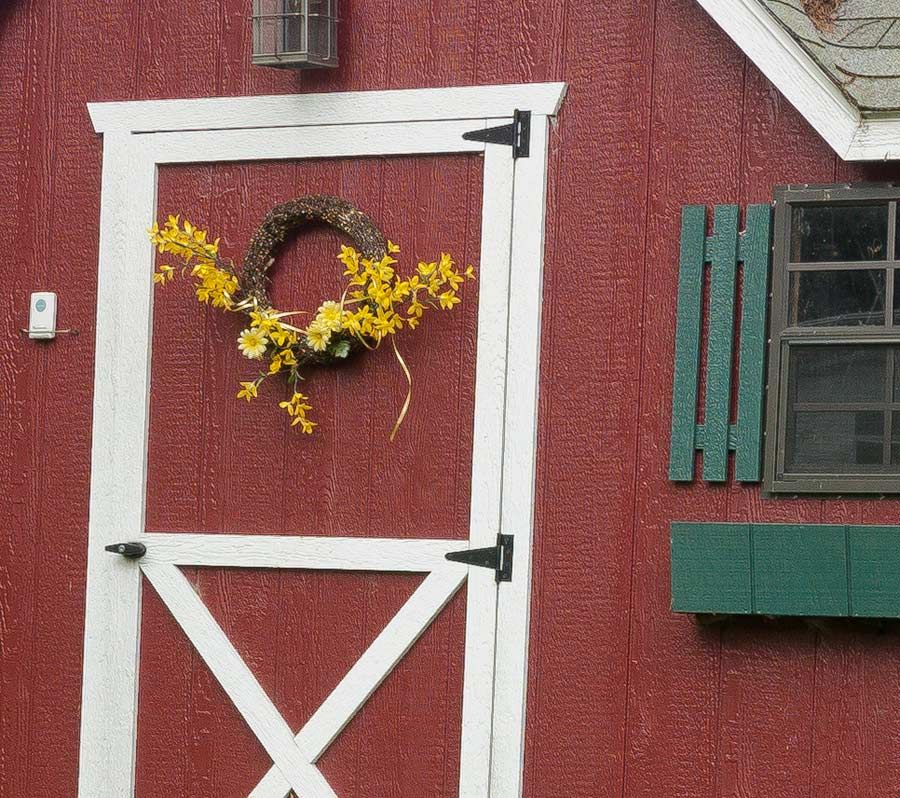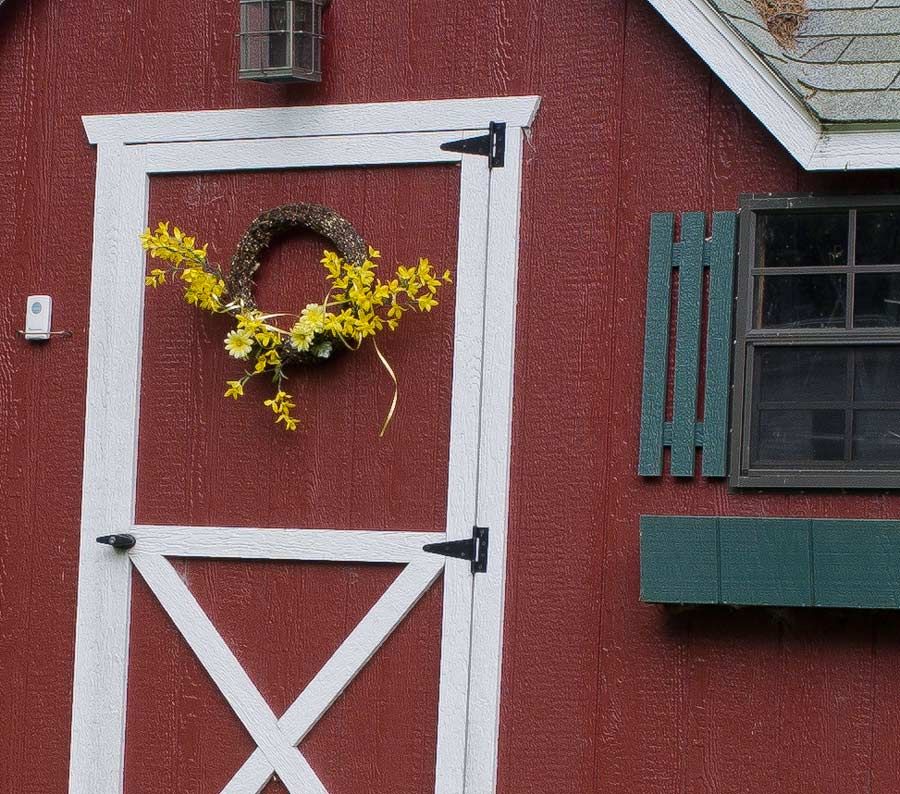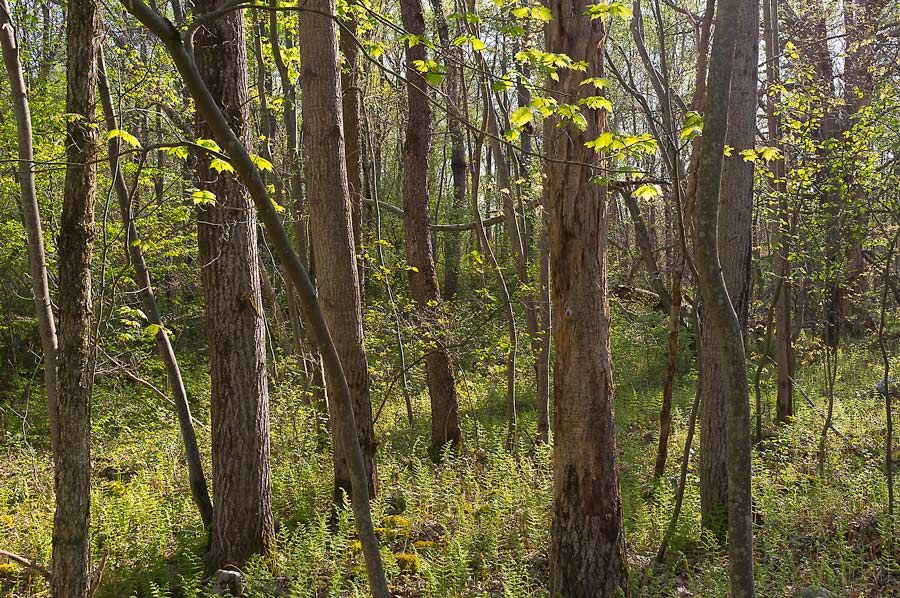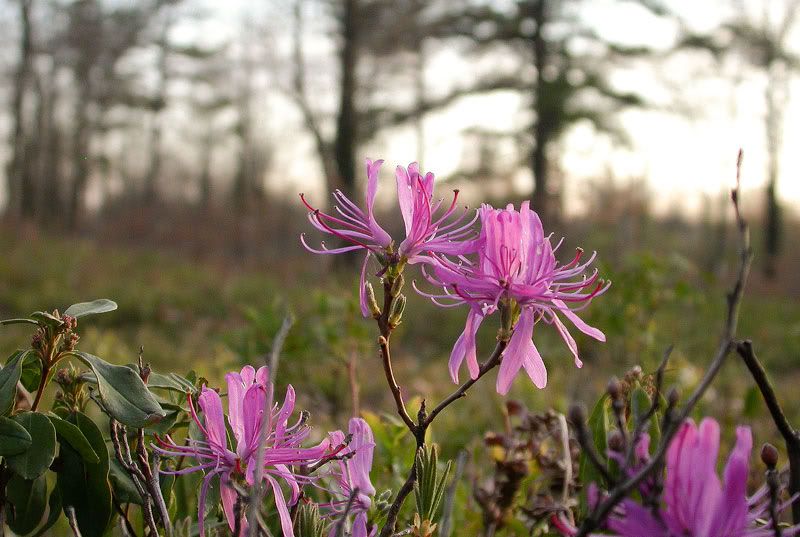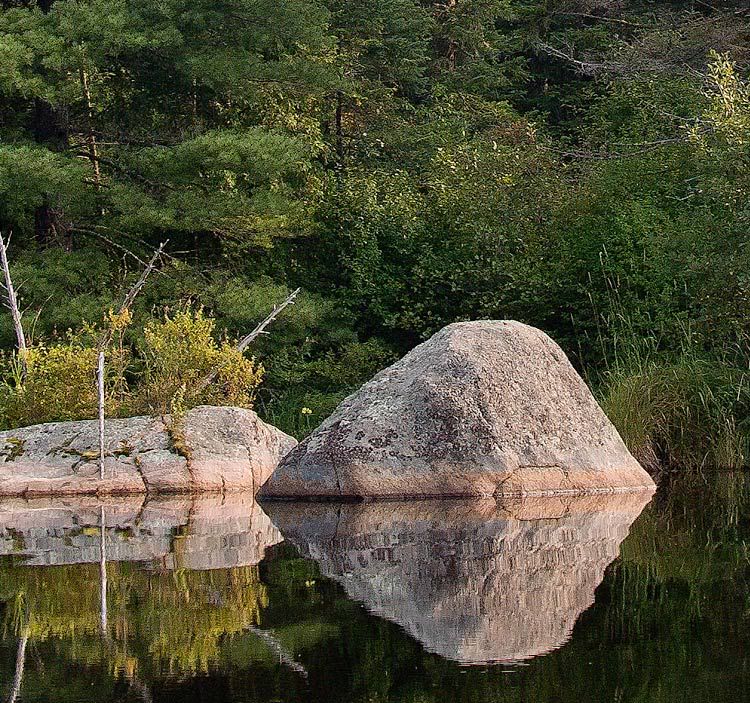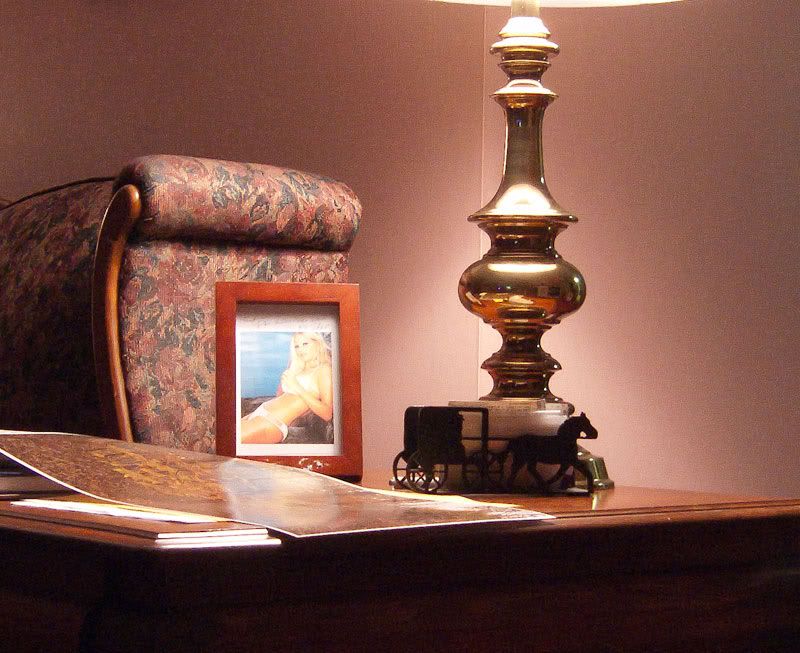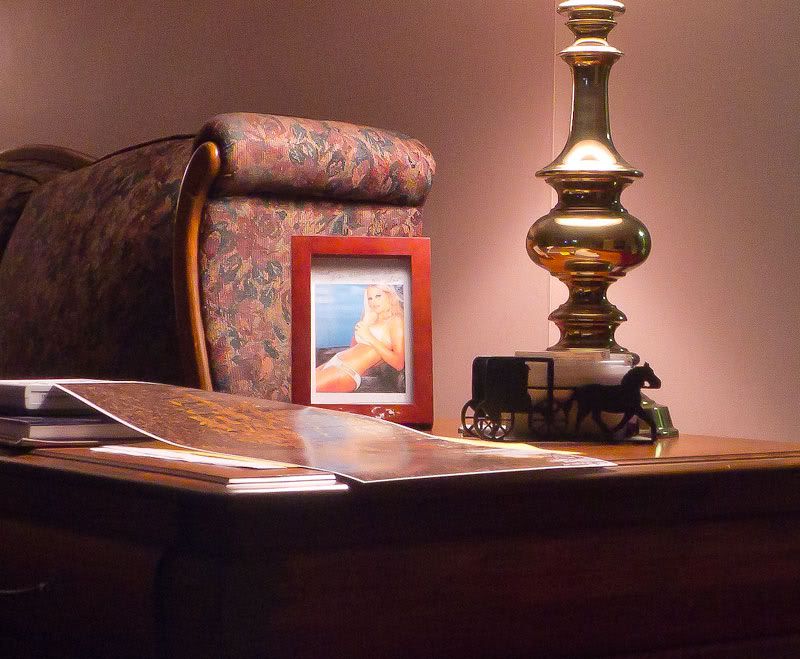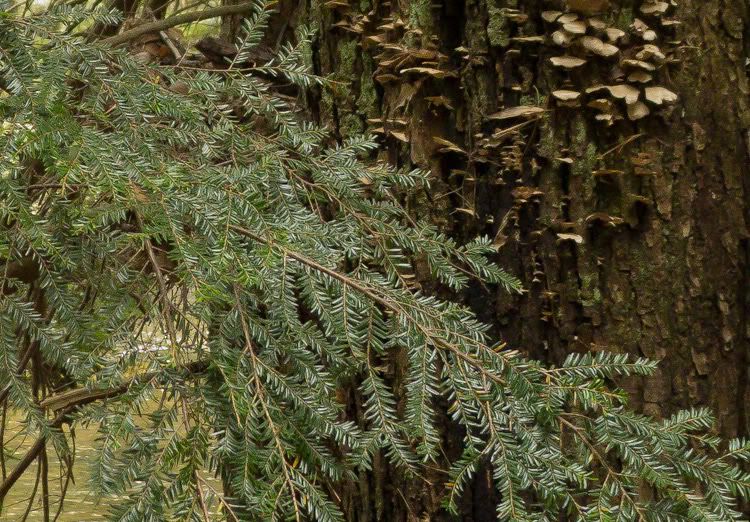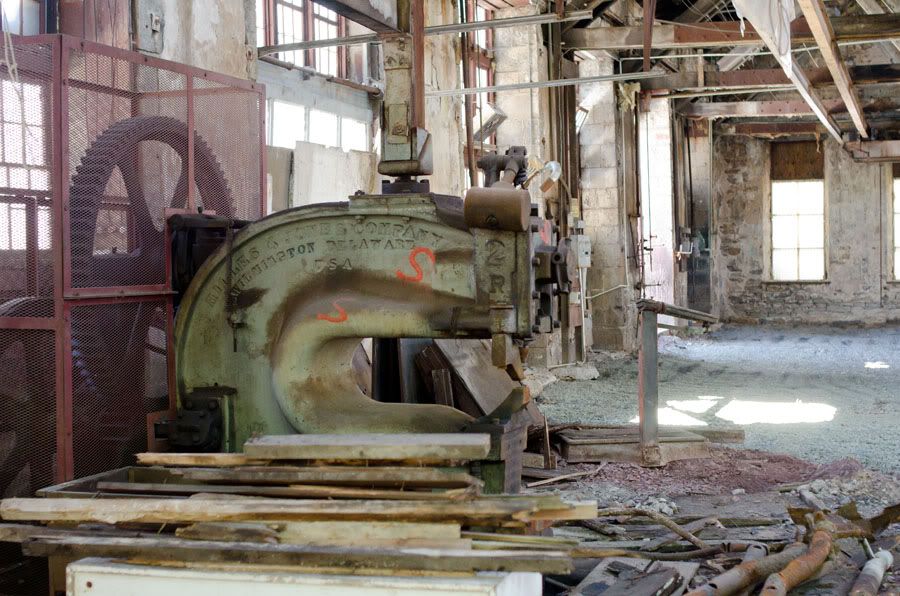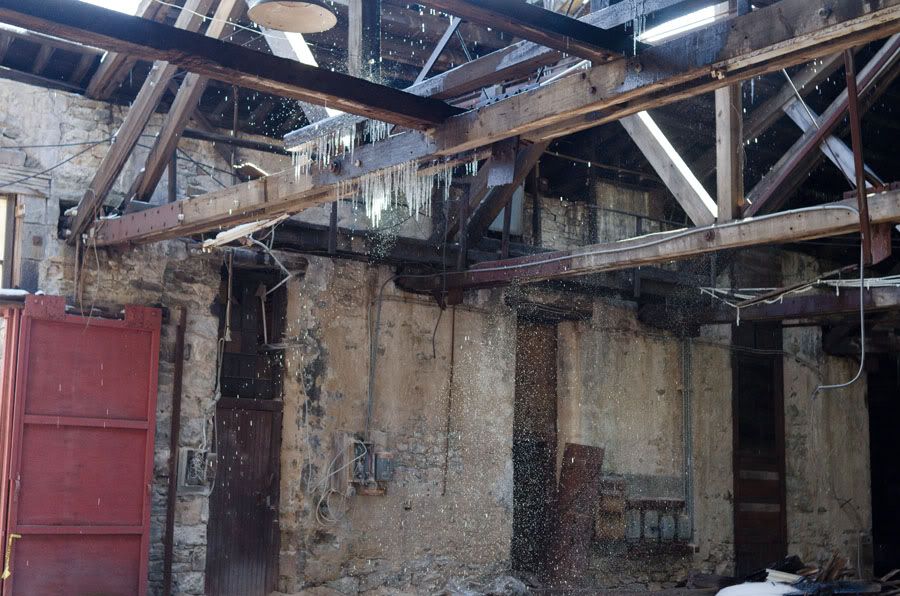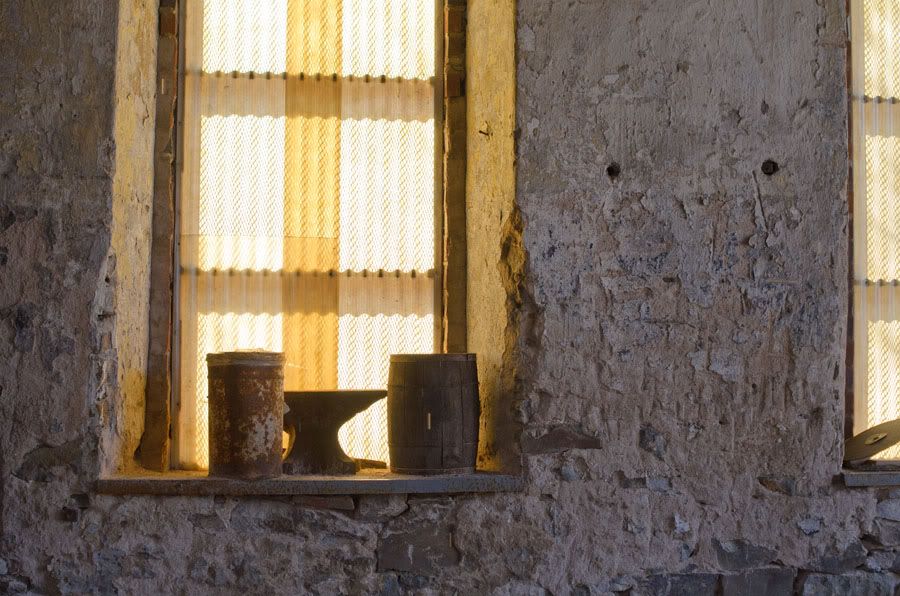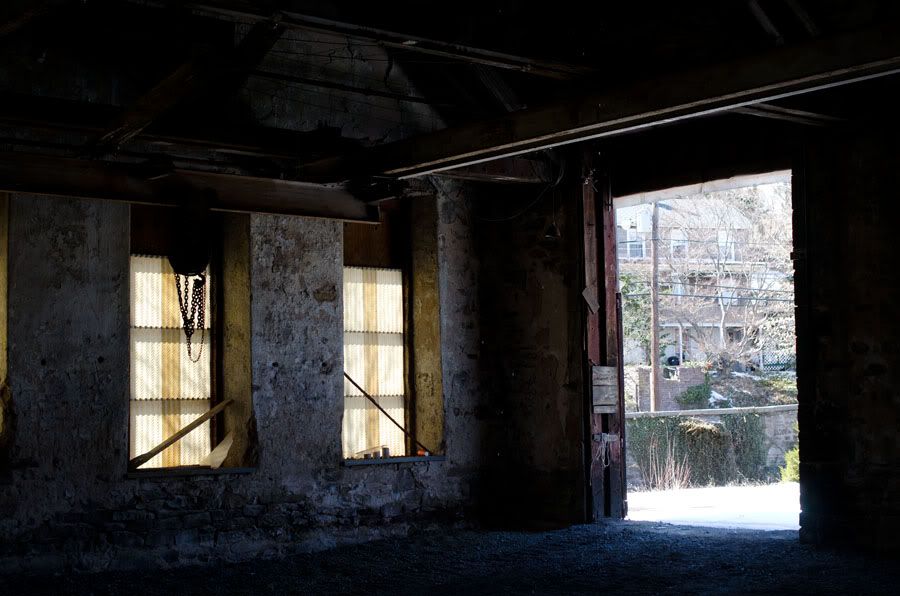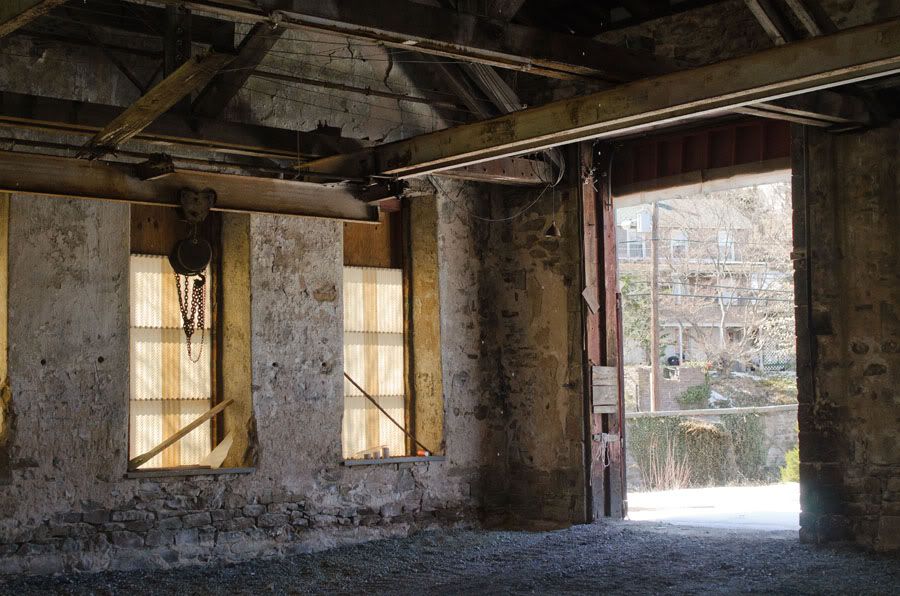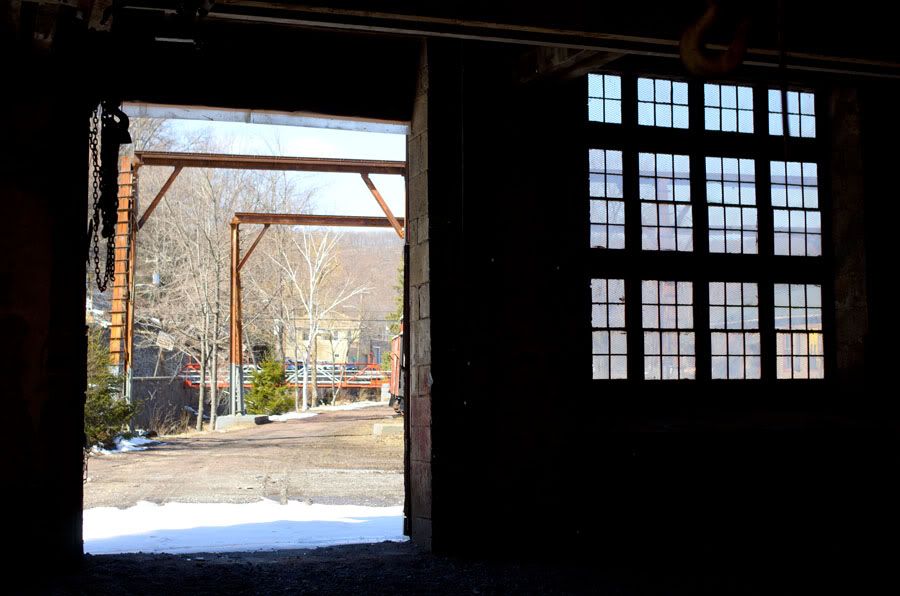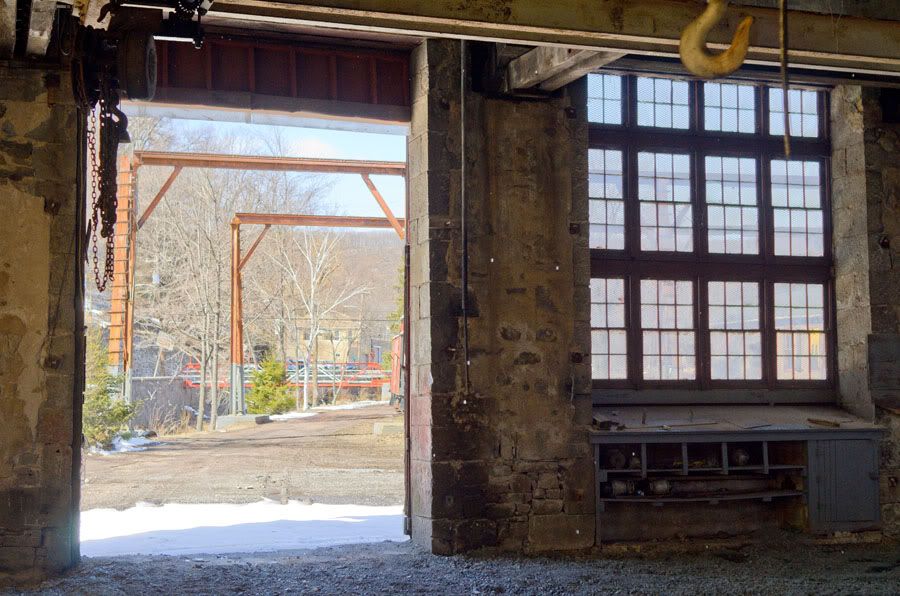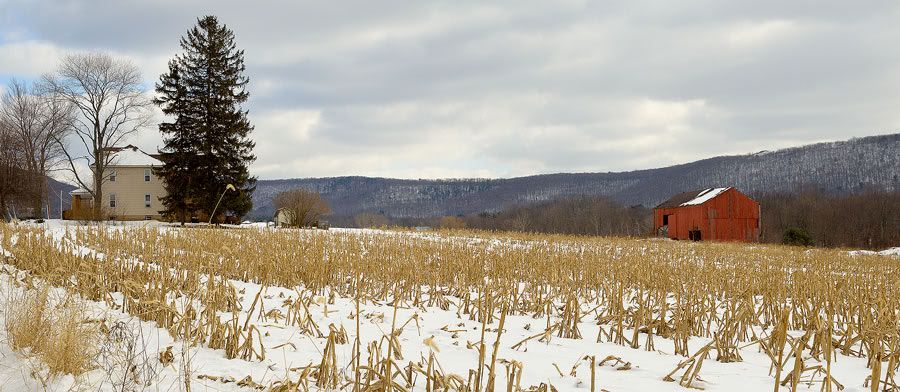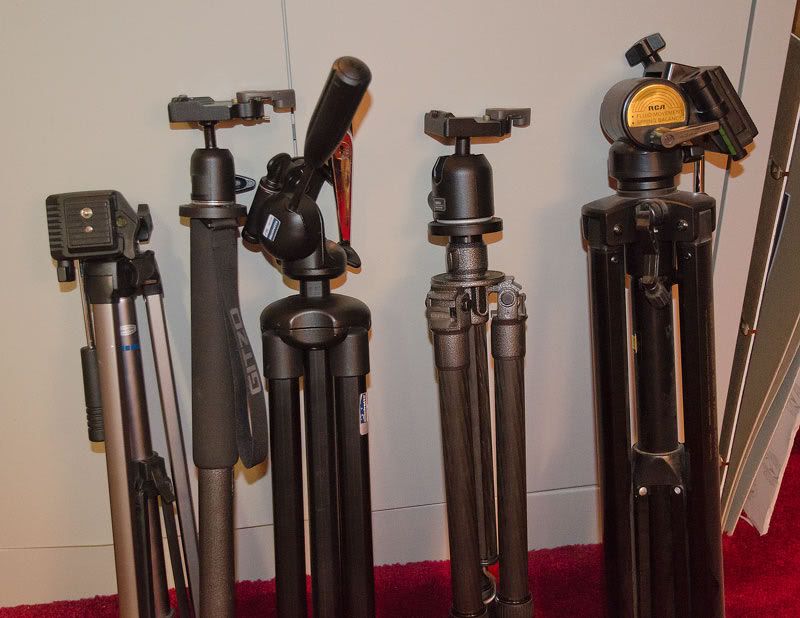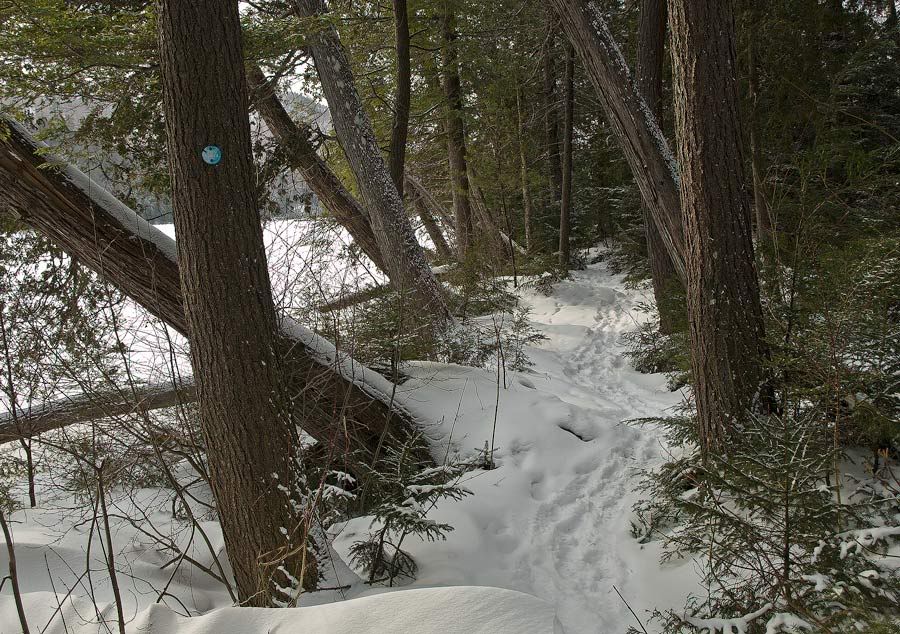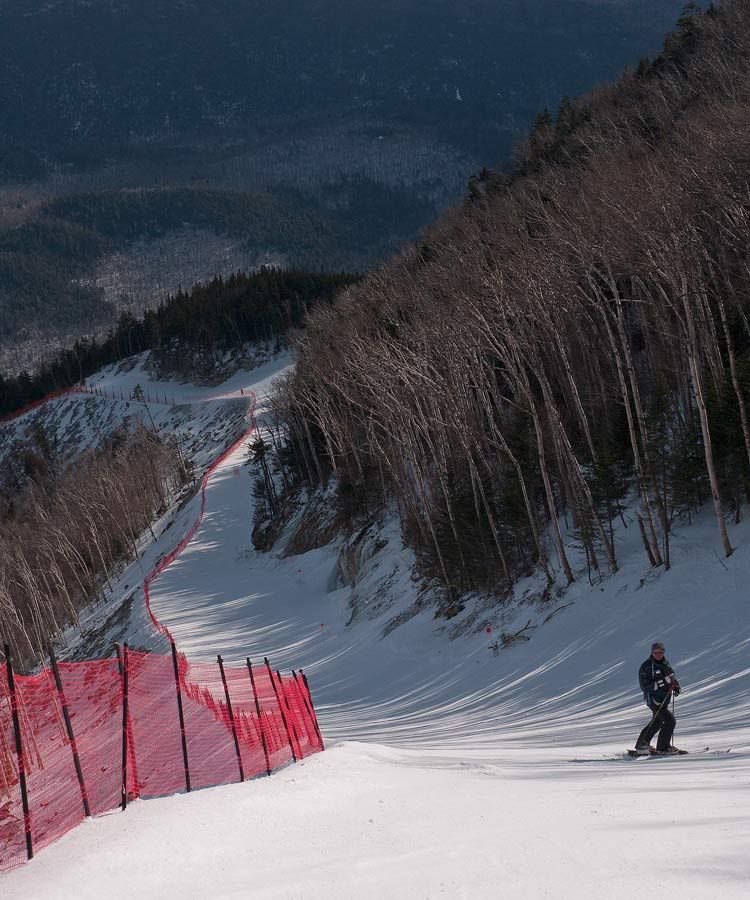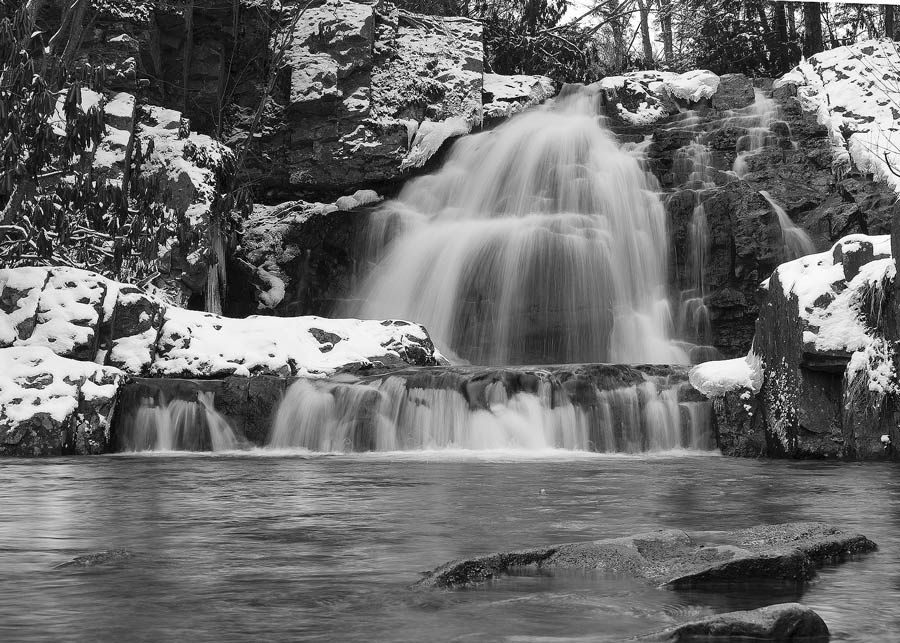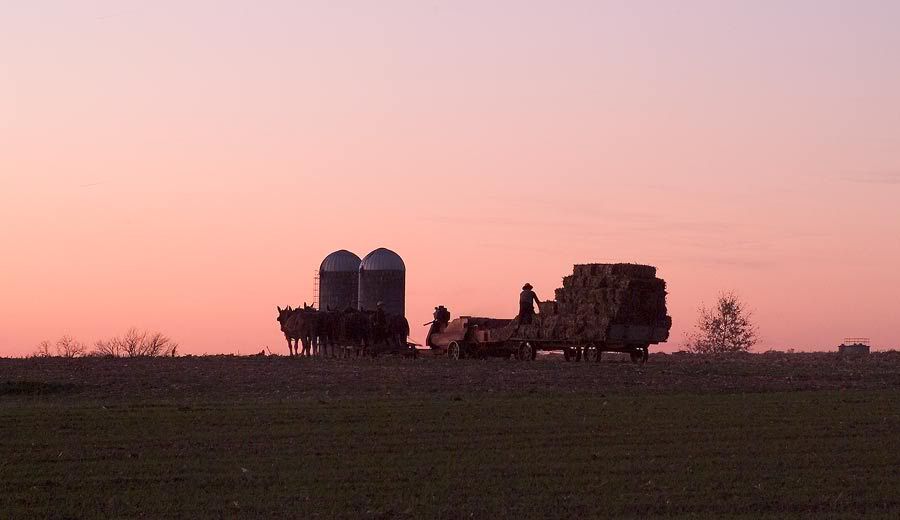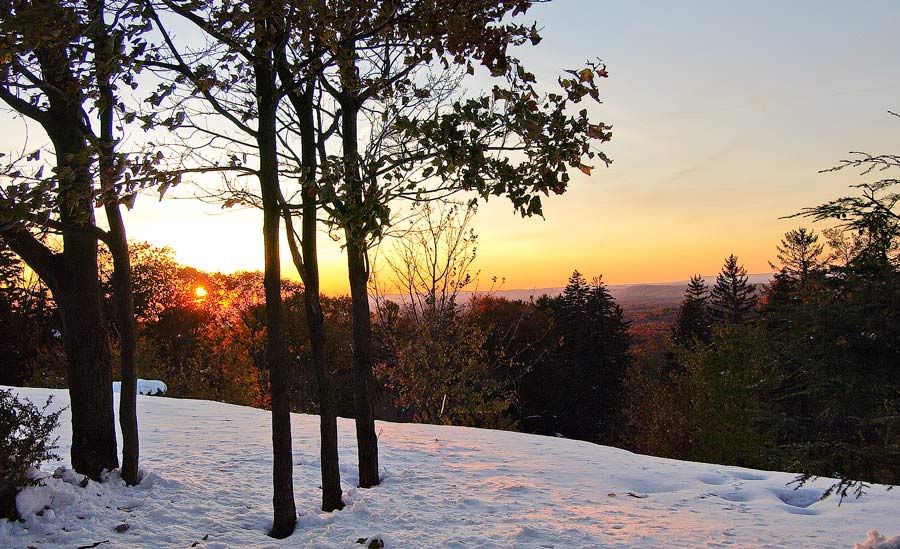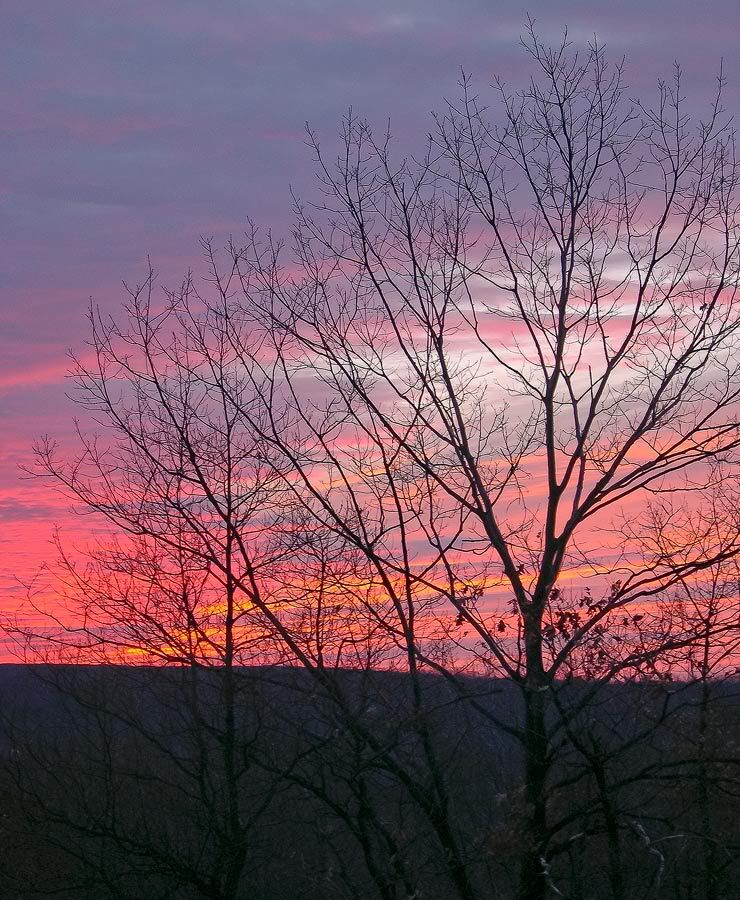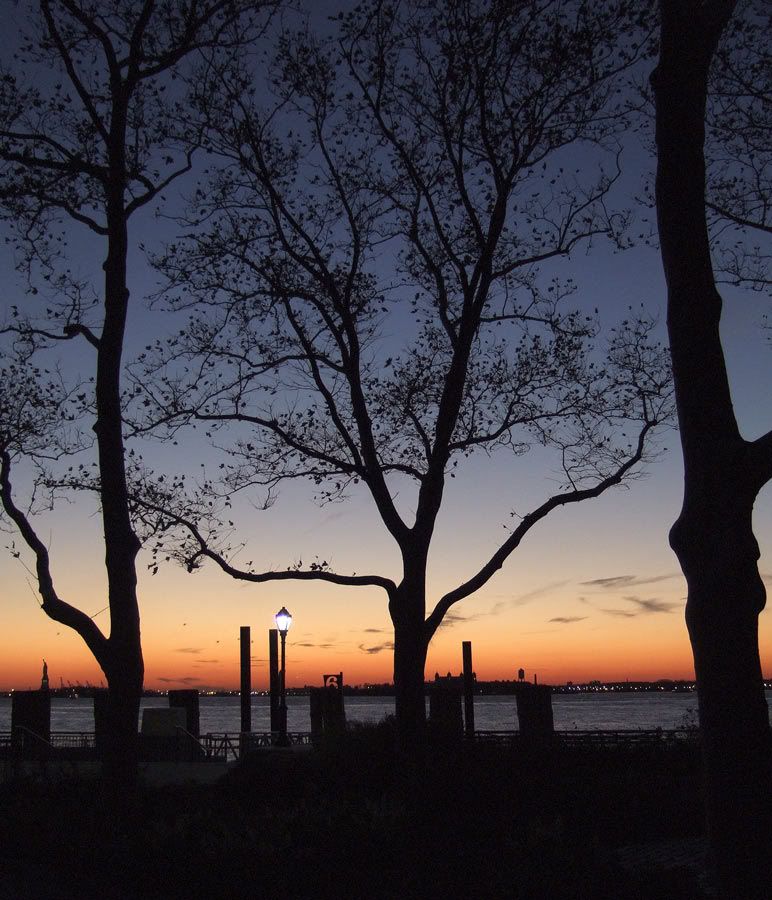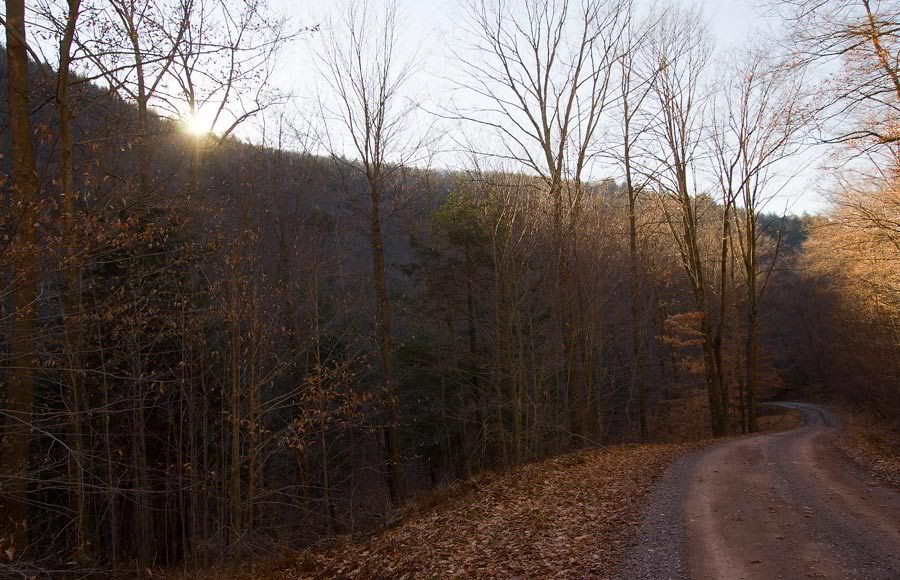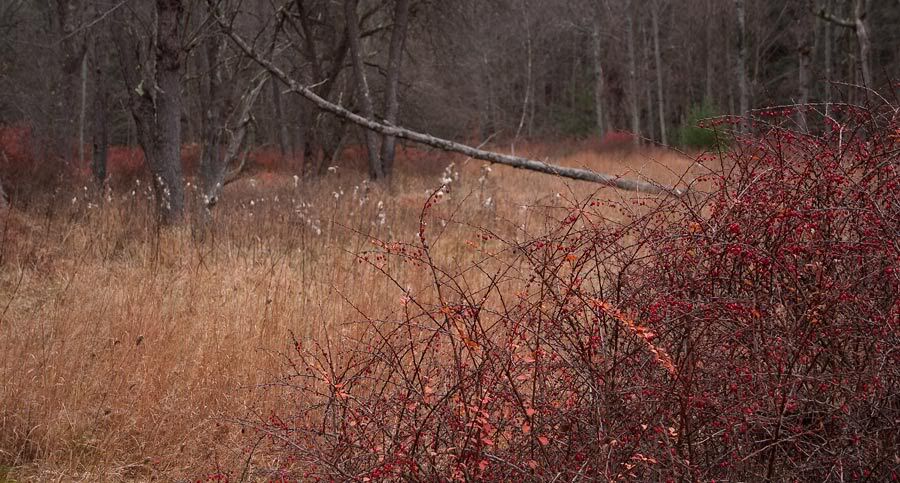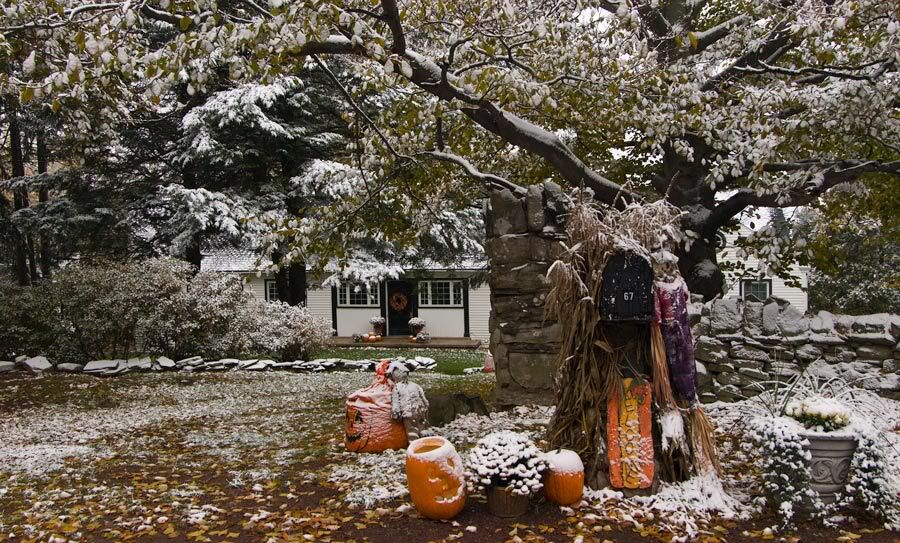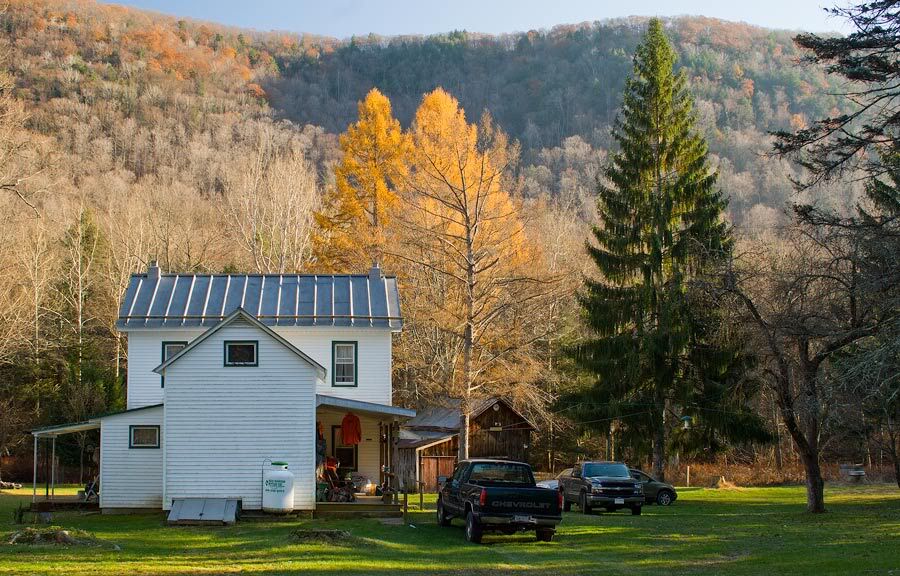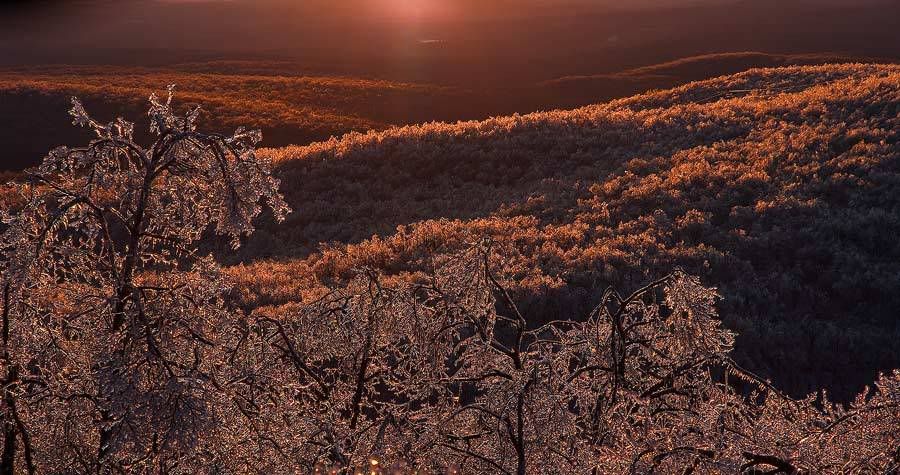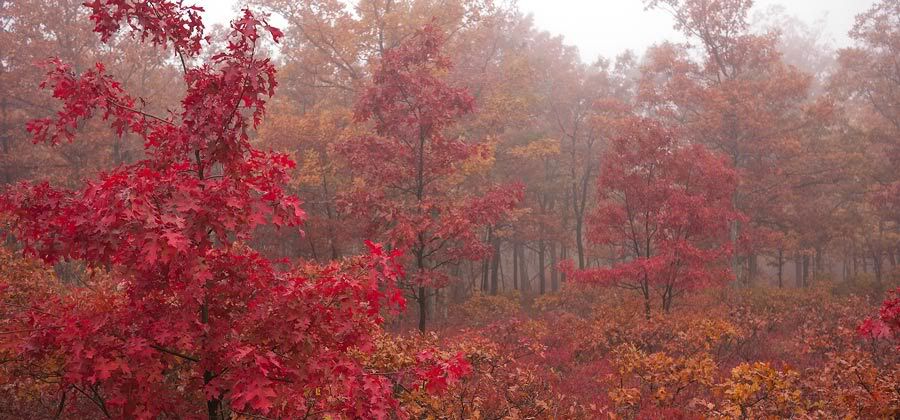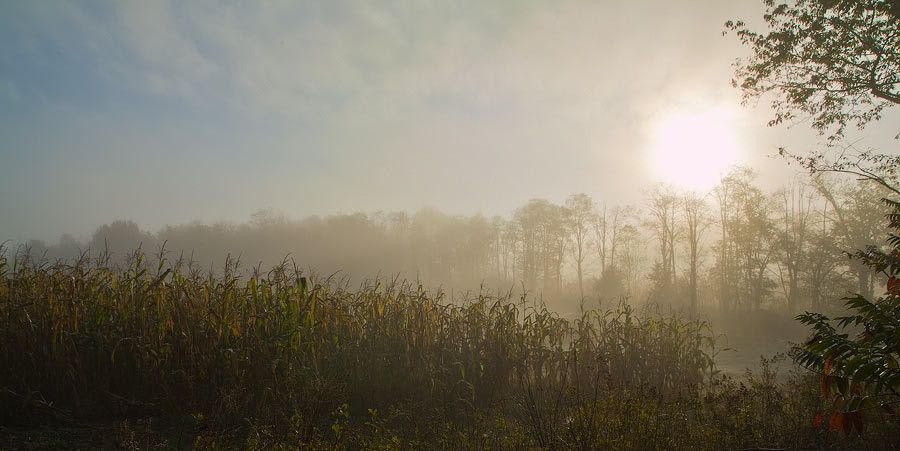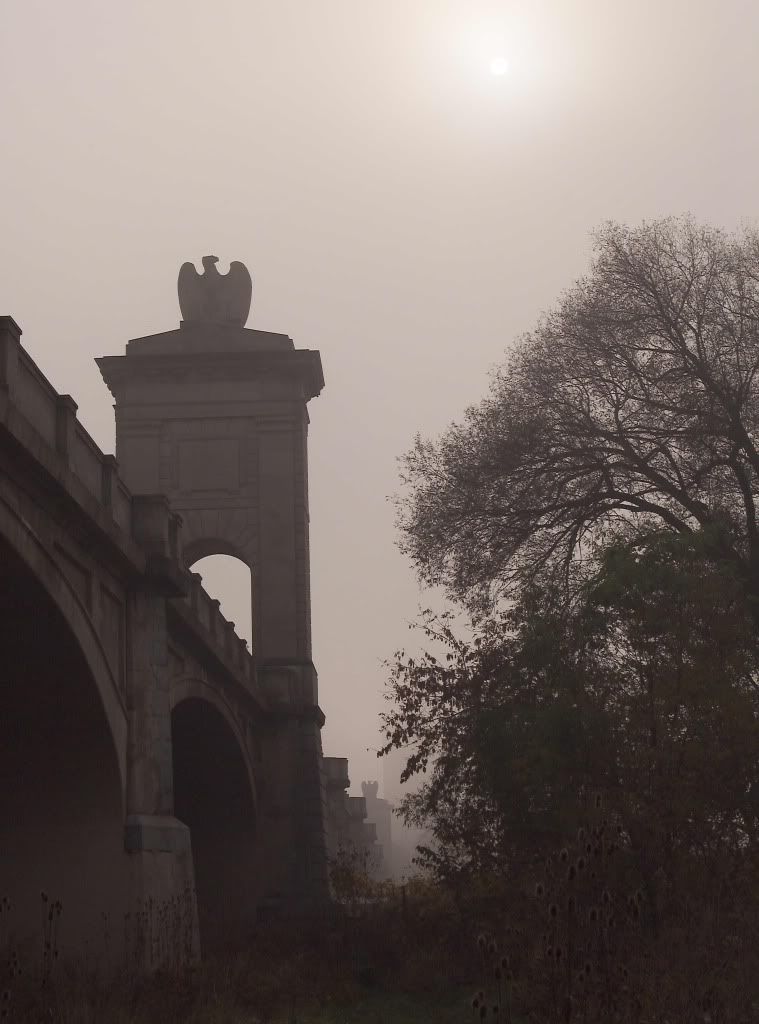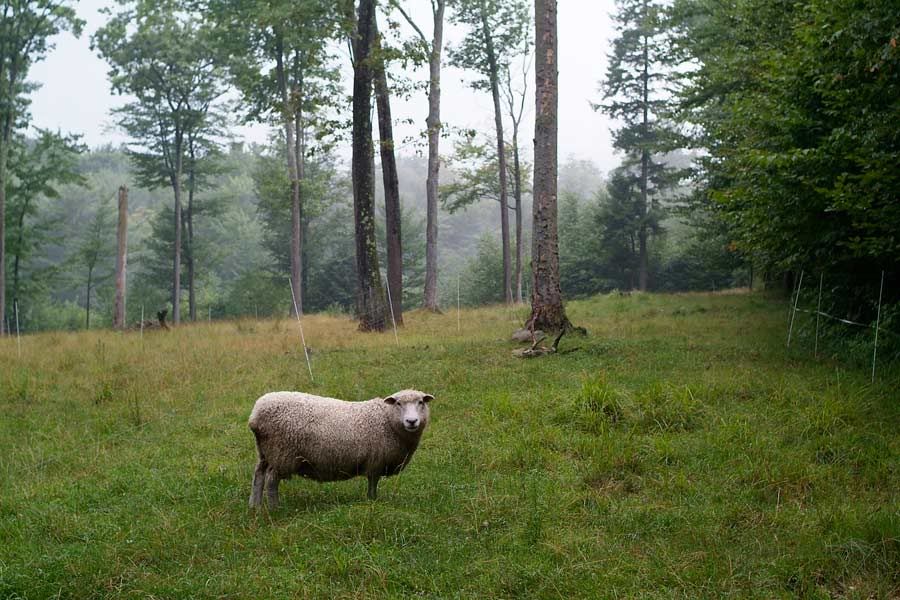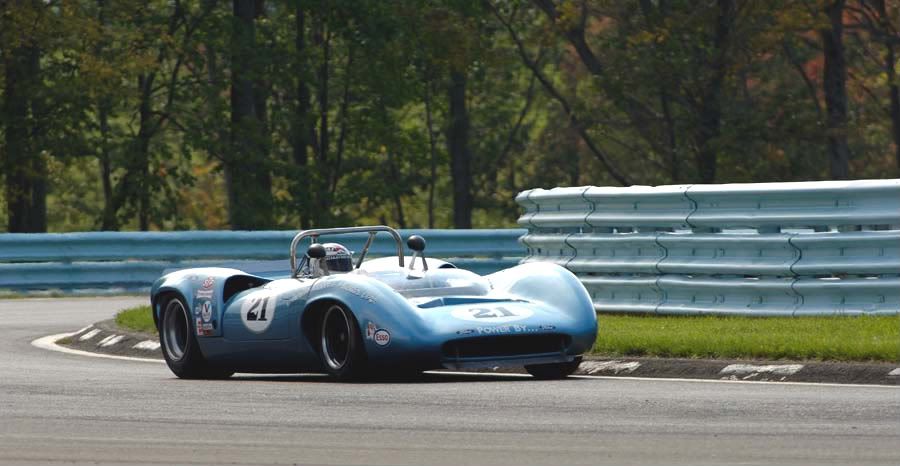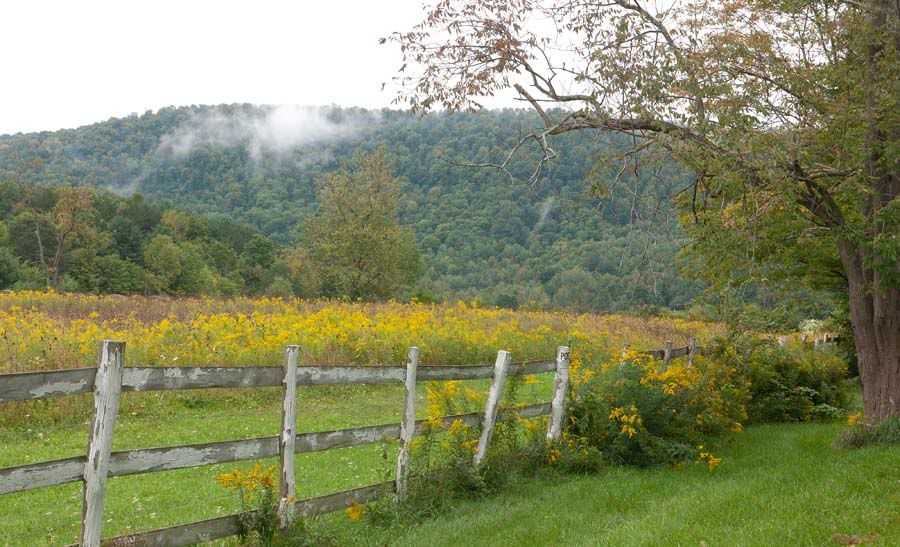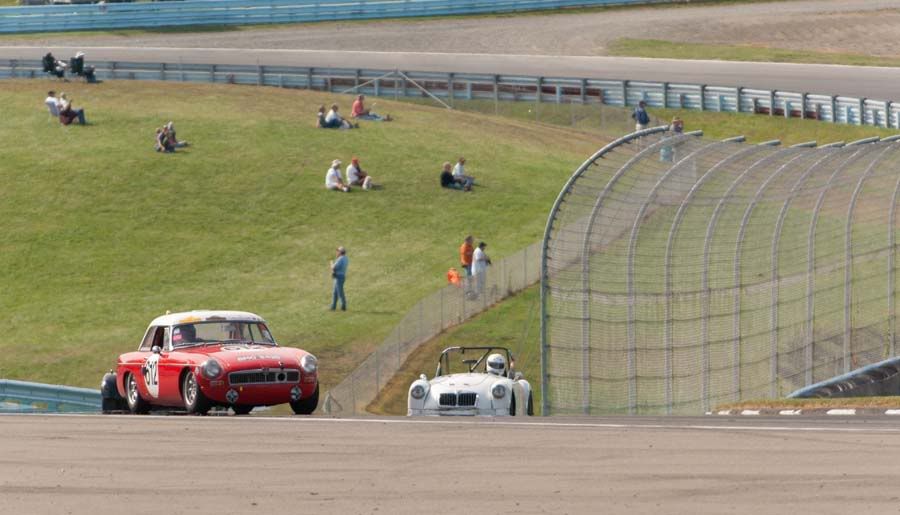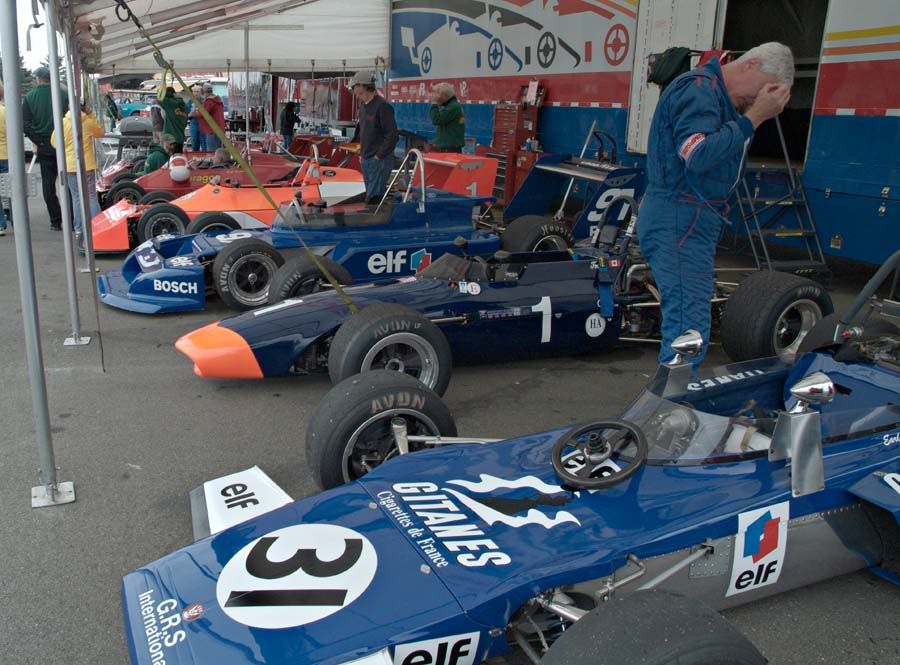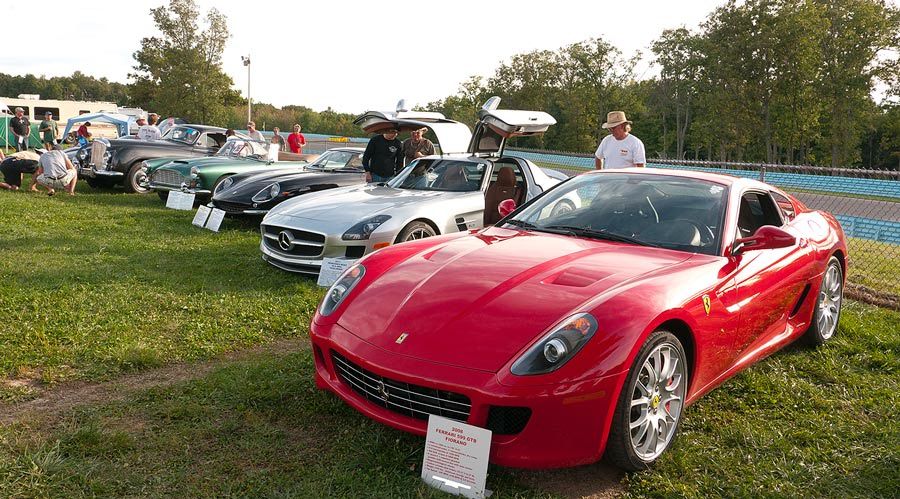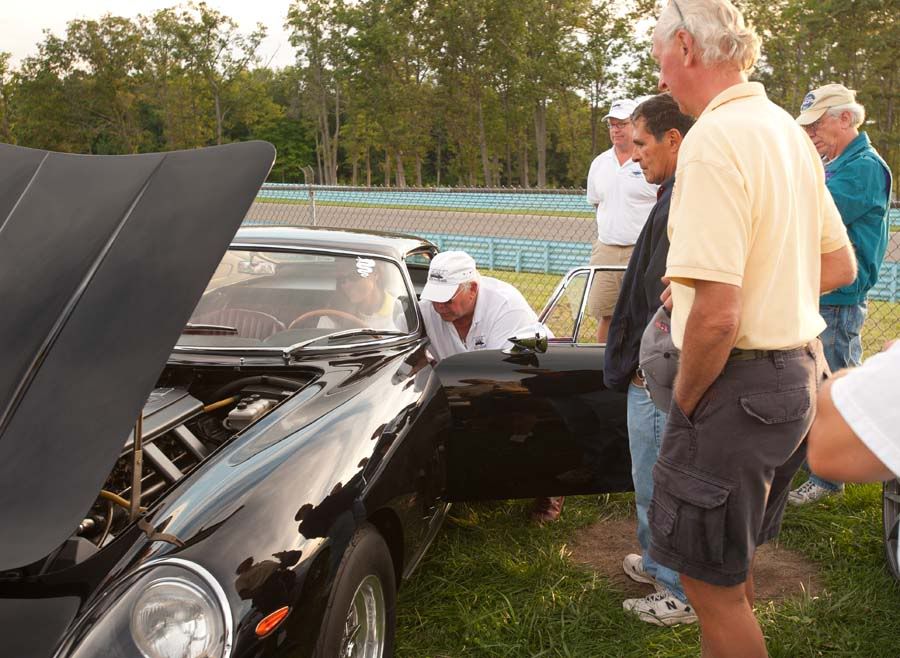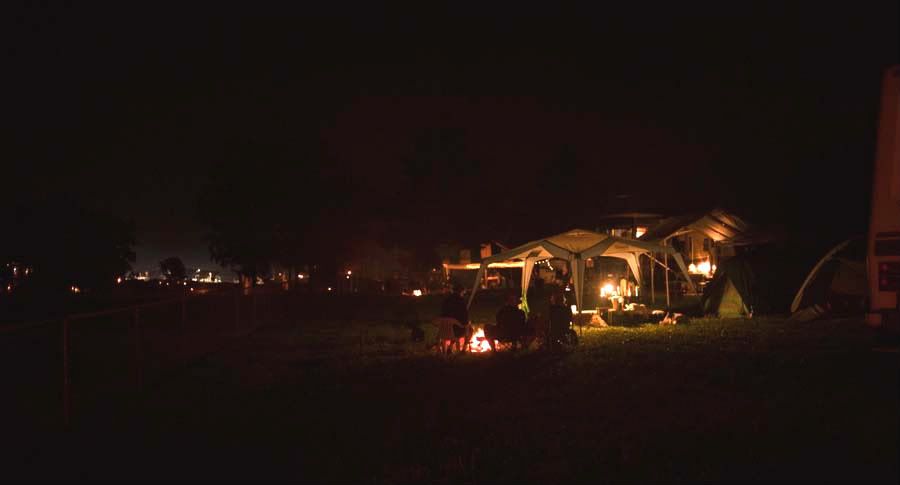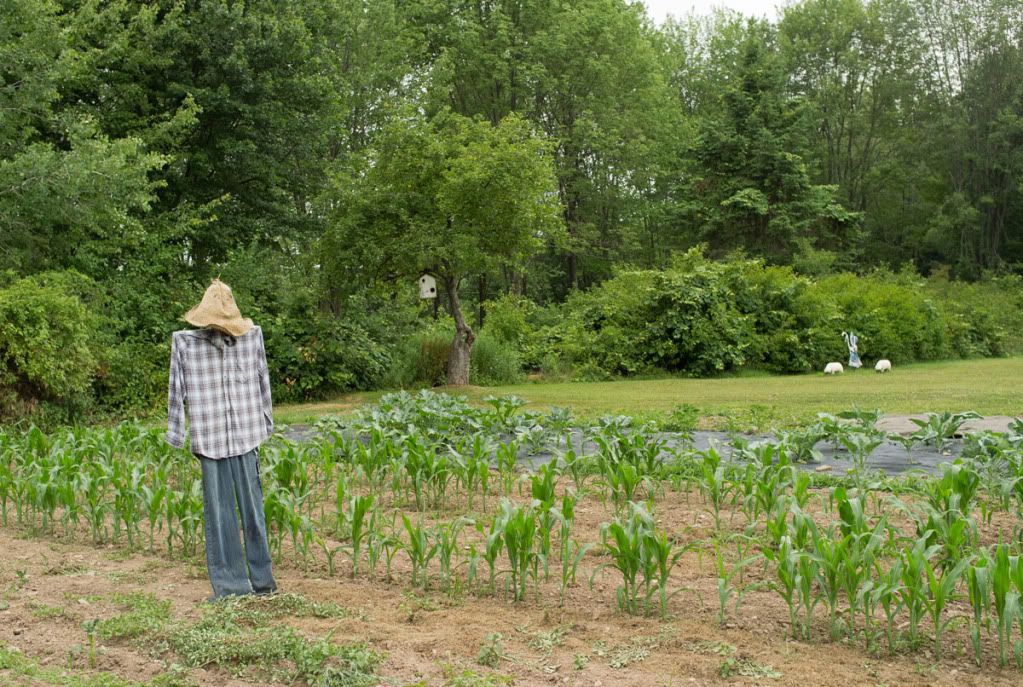
Early Summer Garden (Fujifilm X 100)
First off, let me say, I’m not really a fan of Apple products.
Now I freely admit that products from Cupertino tend to be beautifully designed and elegantly manufactured. Operating an iPhone or a Mac Book Air, one cannot help but marvel at the pleasant tactile experience they offer. But there is just something about Apple products that bugs me. Maybe it’s just the sense of smug superiority exuded by the employees of typical Apple store, or worse yet, the typical Apple user. Maybe it’s the expense of purchasing and Apple product, vs. competing computing devices. And maybe it’s the touch of inflexibility… the sense that the computer knows better than you do, that seems to be infused into the various Apple operating systems. At any rate, call me a troglodyte, but I tend to be more comfortable with other products.
For instance, rather than the ubiquitous iPhone, I use a Blackberry (albeit a Blackberry 9930 which is considered passé, but is still quite capable). My computers are PC based, running Windows 7. And perhaps my most grievous sin, especially as a photographer, is to own a tablet that is not an iPad.
This is sort of a review of my Asus Transformer TF 300, which I have discovered is an extremely helpful tool in pursuit of photography and a great alternative to its Apple competitor.
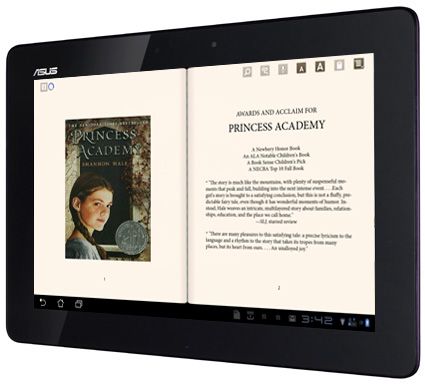
Asus Transformer TF 300 (Image by Asus marketing)
How was it that I came to snub the ubiquitous iPad? It started at the retailer. I realized that I needed a tablet to review photography on location and to show images to clients etc. So I visited the tablet display at my local box store, and talked to the 20-something-year-old salesperson about the choices available. He suggested that as I was reasonably computer literate, that I might actually prefer an Android tablet to even the vaunted “new iPad”. After looking all over the various brands, I chose the new Asus Transformer TF 300, which has similar processing power to the new iPad, a micro SB card slot, and the availability of the keyboard that would essentially transform (get it?) the tablet into a net book with an SD card slot, and the USB Port, options sorely lacking in an iPad.
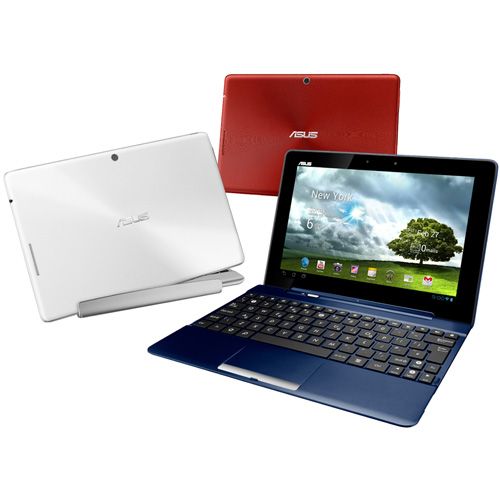
Asus Transformer with Keyboard (Image by Asus marketing)
As I drove home with my new acquisition, I called my younger brother who is a computer consultant, to describe my purchase. He reacted strongly, aghast at my decision to spurn the mighty iPad for such a pedestrian device. Recognizing his expertise (and not wanting to hear about it for the next twenty years if the Asus was a problem), I drove back to the store, and also purchased an iPad ( The store has a two week return policy).
I opened the iPad first. There is no doubt that the packaging of the device was very elegant. It appeared that almost as much care had gone into the design of the packaging of the product, as in the product itself.
The device itself was a typical Apple product. The case was slim, reasonably rugged, and beautifully finished. One cannot help but admire the clever magnetic display cover available for the device. The display was admittedly beautiful with great color, and excellent detail. The device was “snappy”. Moving from screen to screen was quick and responsive. “So far, so good”, in terms of my overall impression of the device.
That’s when I actually attempted to use the device in the manner that I intended. Apple is so obsessive about controlling the content on their iPad that, at least for me, they have destroyed its utility. The simple act of loading photos in the device requires one to use the annoying iTunes program I grew to hate with my iPod. I actually specified some photos to place in the device from my computer, and found that the iPad had made it’s own decision, perhaps preferring some other photos to the ones I had chosen.
Annoyed, I attempted to delete the unwanted files, only to find no way to do so. So I called my brother, the iPad fan, and ask how I might proceed with this. We tried a few things, to no avail. My brother then called my older sister, who is considered the actual Apple “guru” within the family. It turns out that there was no way to delete the files, and once they resided within the iPad, they would be there forever (or until it was formatted). Needless to say, I found this extremely frustrating.
I then addressed the Asus Tablet. I noted that the box was essentially identical to the Apple packaging, mimicking the same high quality materials but rendered in black rather than Apple signature white. So thorough was the mimicry, I assume that this is a somewhat “in your face” gesture on the part of Asus.
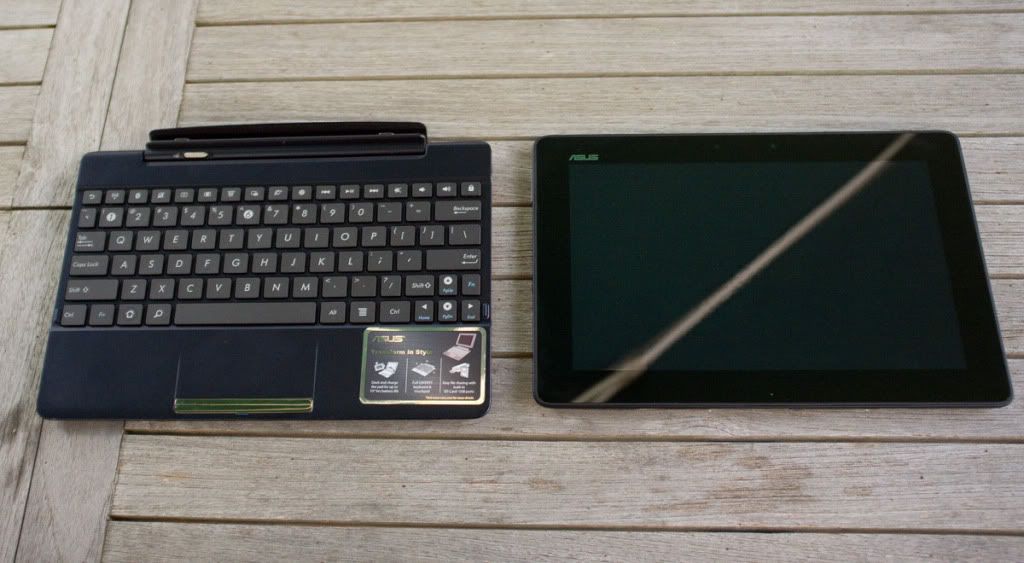
Transformer and Keyboard (Fujifilm X 100)
The Asus Tablet is roughly the same size and as the iPad (slightly larger, but lighter). It is roughly $120 cheaper than the equivalent “new” iPad. It sports a textured plastic back, rather than the elegant metal back of the iPad which helps, as I understand it, to improve its wi-fi and GPS sensitivity.
Comparing the “guts” of the two tablets, they both have roughly similar specifications. In terms of processors, the third generation iPad has a dual core Apple branded 1.2GHz processor, whereas the Asus tablet sports an Nvidia Tegra 3, 1.4 GHz quad-core processor. PC World has done a technical comparison of the competing tablets here for those who wish to see more specific details.
Then there is the issue of the screen, which as a photographer I thought would give the new iPad an unbeatable advantage. The “new” iPad, as most photographers know, has the so-called “Retina” display with a resolution of 2048p x1536p, vs. 1280p x 800p for the Asus and most others. Numerically the advantage of the iPad seems huge. Using photo files I loaded on both devices, I examined each image closely. Though the Apple screen seem to have a slight advantage in terms of crispness and color, the differences were not that extraordinary, and to me, unimportant for the kind of use I planned for the tablet (rough screening of images in the field).
Although there are laboratory benchmarks available that suggest that in terms of processing speed, the new iPad slightly outperforms the Asus Android tablet, the difference in real life is imperceptible when one operates the tablet side by side. Both are very responsive and react equally quickly to finger flicks. In both, the installed “apps” run quickly and smoothly.
Now I recognize that the number of apps available in the Apple world far exceeds what is available for the Android tablet, but jeeze, how much is enough? When I shop in the various Android stores I can find more than enough applications to suit me (especially compared to the Blackberry app store, which I still find adequate). For instance I bought an app called Photo Mate Pro for $6.69 that opens my all of my RAW files; allow light edits, and conversion to other file formats. It even has a screen calibration feature.
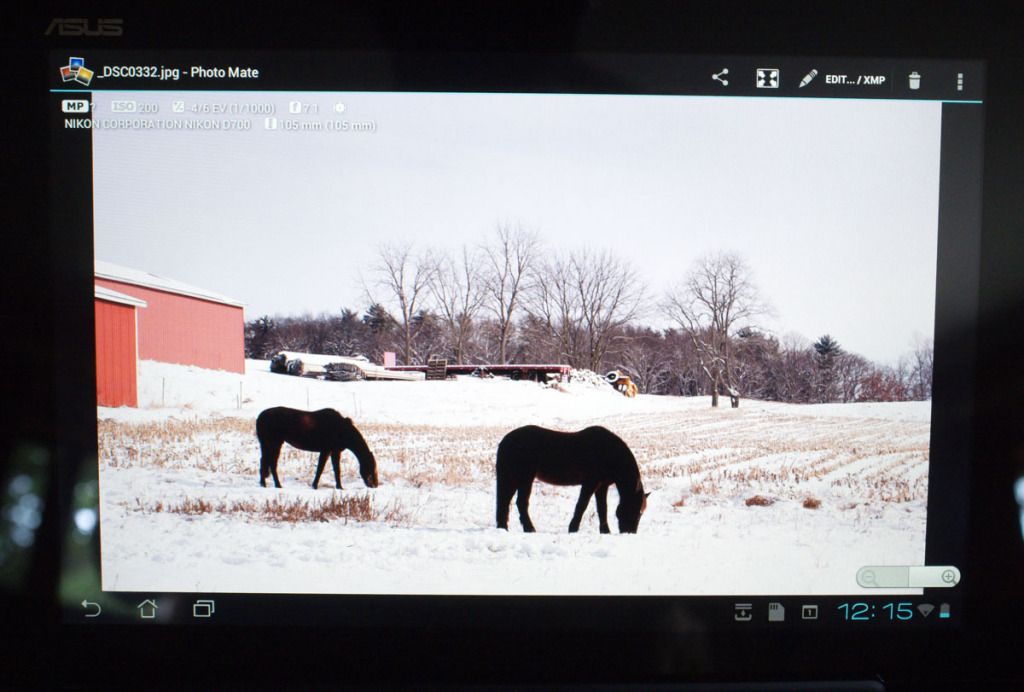
Photo Mate Screen Shot (Fujifilm X 100)
For me however, the most important attribute of each device is the operating system. If anything, I am slightly more familiar with the iOS OS than the Android Ice Cream Sandwich OS that come with the Transformer (I’d never used an Android device), Nonetheless, I found the latter was far more intuitive to me than the Apple OS. There are lots of neat features on the Asus, from the “one click to shut down all processes widget” on the front screen, and the neat way it organizes your apps. I’ve used the device for about three months with no freeze-ups or other maladies.
The deal breaker for me with the iPad was that with the Android tablet, I can hook the device to my computer, root around in the file structure, make new files folders, and then dump images into them, as though the device were part of my computer. I can easily erase files that I don’t want. With the Apple product, I am forced to work through iTunes, which severely limits the control of content I can place on my own device. This annoys me on multiple levels.
Another advantage of the Android tablet is the memory and storage options available. Rather than paying an outrageous amount for more internal memory, with the Transformer tablet, I can merely buy an inexpensive 36GB micro SD card and insert it in the available slot (not available on iPads), instantly increasing the 16GB in available device memory). I can keep multiple micro SD cards loaded with different files such as photos or video, and interchange them, vastly expanding my options with the device. There’s an available USB adapter for the Asus tablet as well as an SD card reader (much like the Apple products). And again, the available keyboard, it transforms the tablet into and Asus netbook with a full size SD card slot and a USB Port. The keyboard also drastically increases is the battery life of the tablet.
So for me, the flexibility the Asus device, trumps the elegant appearance and higher screen resolution of the “new” iPad. That’s why I ended up formatting the iPad, packaging up all of that elegant white boxing material, and returning it to Best Buy.
It’s why the Asus Transformer is fast becoming an invaluable tool for my photographic pursuits.

